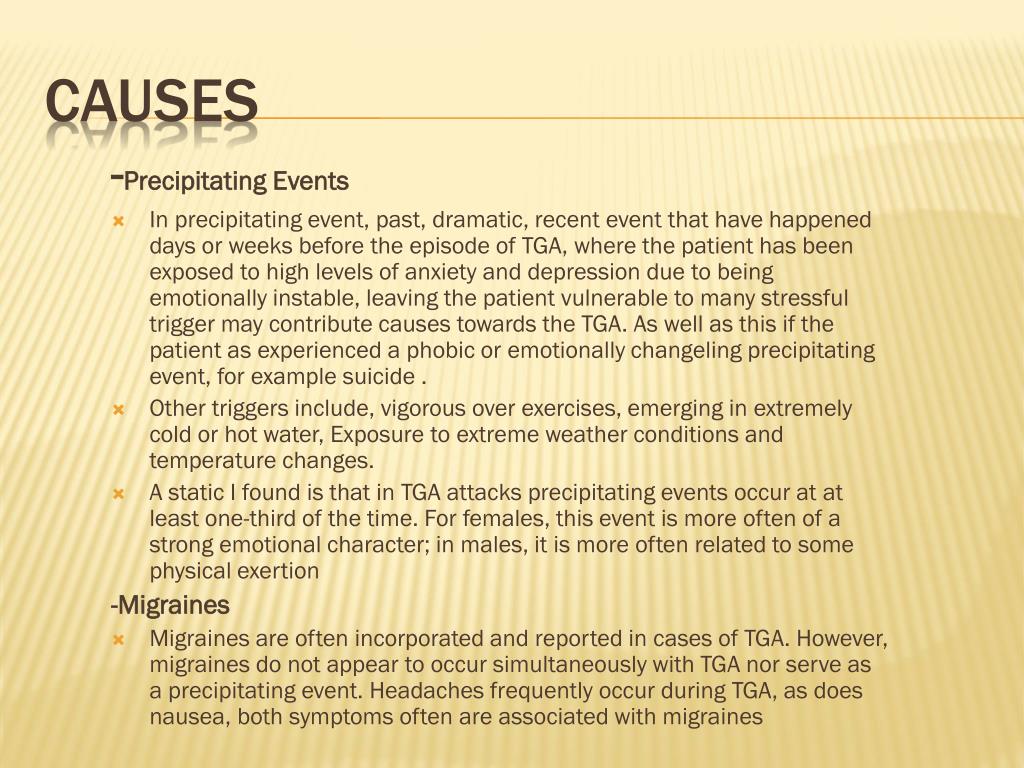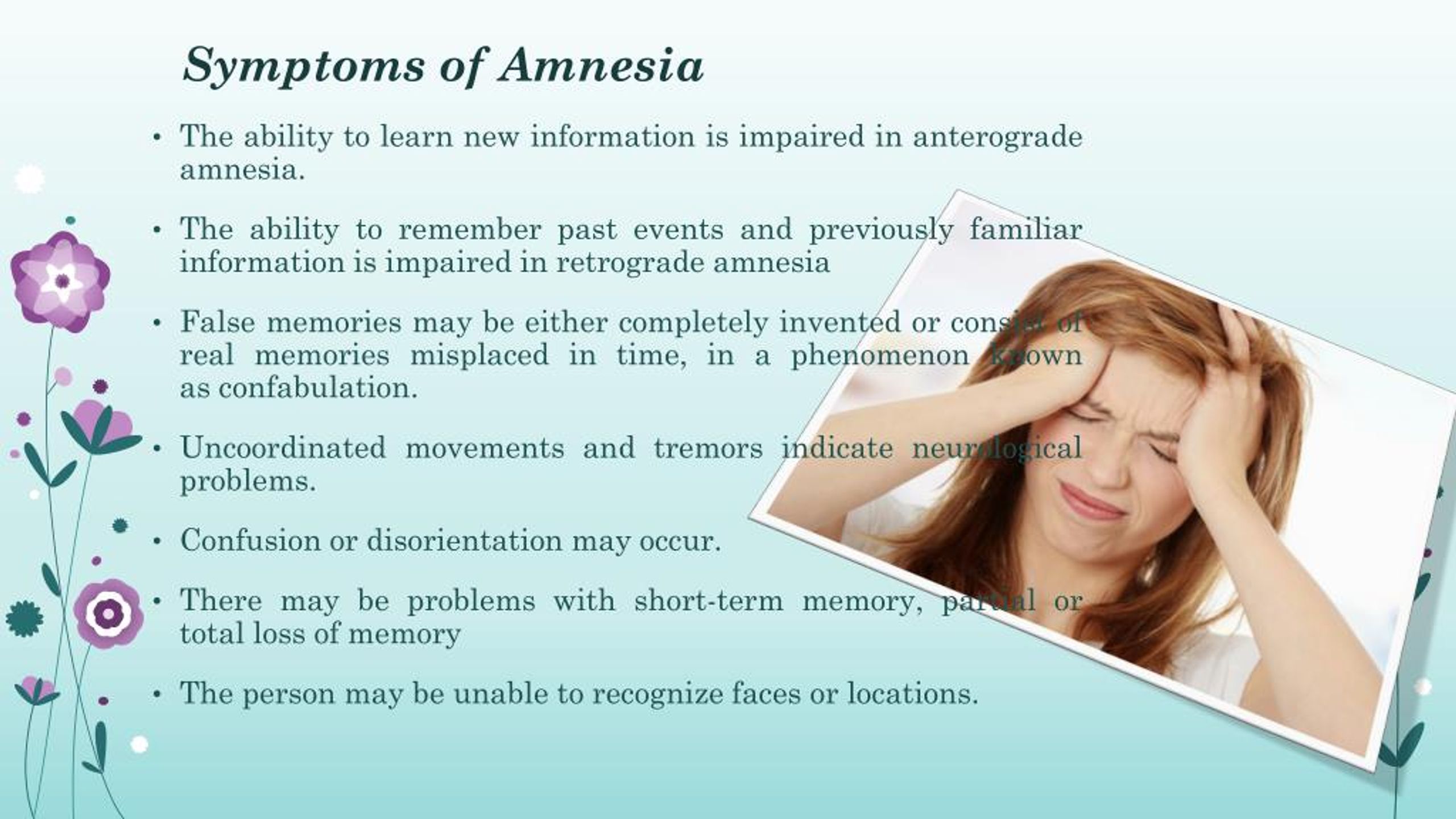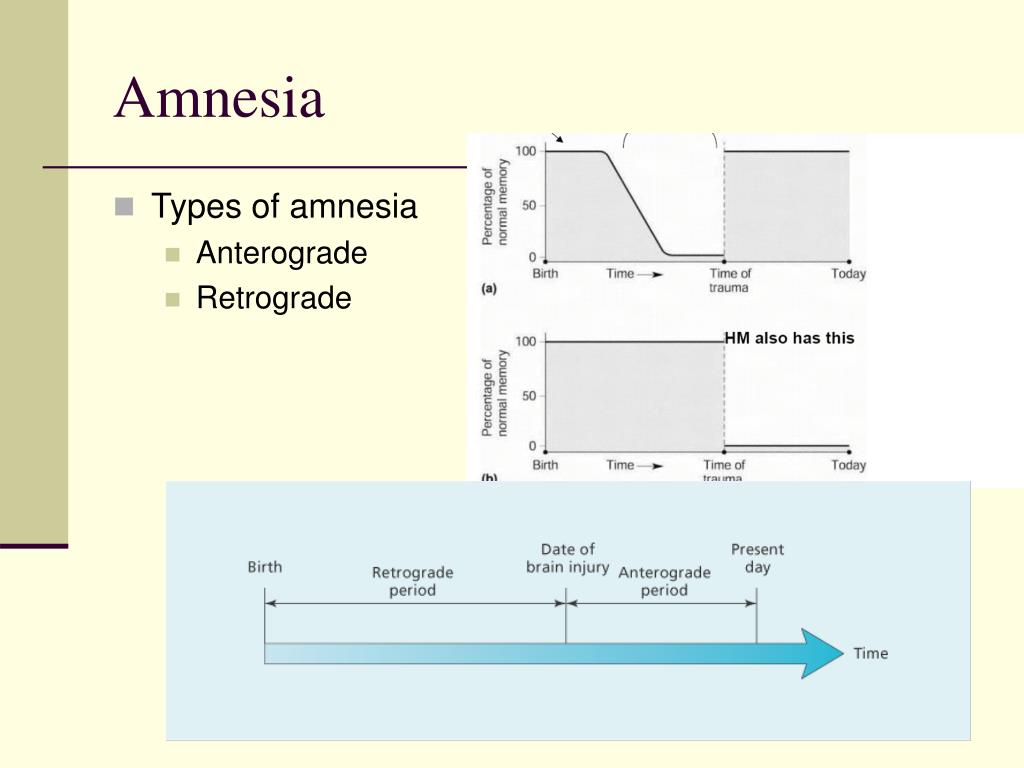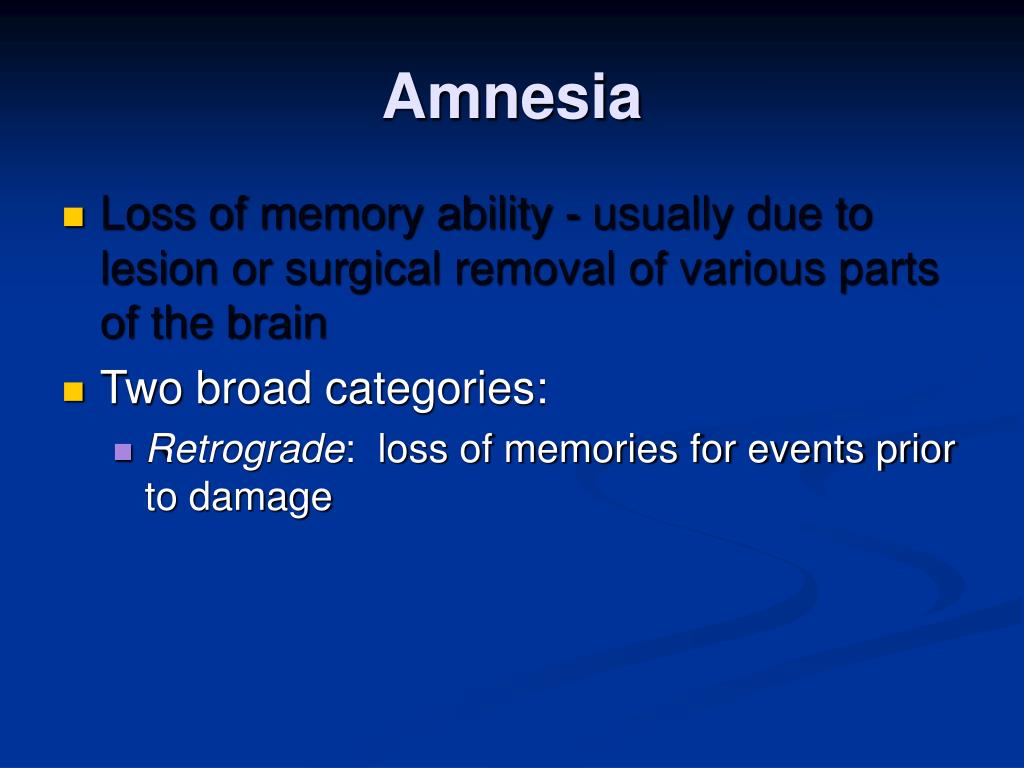
Or we can claim to remember something that in fact is only a suggestion someone made. When the suspects were finally caught, they were driving a blue sedan.Īs illustrated by this example, we are vulnerable to the power of suggestion, simply based on something we see on the news. Police officers, as well as the general public, focused almost exclusively on white vans because they believed the eyewitnesses. At the time, there were more than 70,000 white vans in the area.

After the news conference, several other eyewitnesses called to say that they too had seen a white van fleeing from the scene of the shooting.


The police chief went on national television with a picture of the white van. Most of the tips were dead ends, until a white van was spotted at the site of one of the shootings. Law enforcement received over 140,000 tips, which resulted in approximately 35,000 possible suspects (Newseum, n.d.). Police officers and the FBI worked frantically to solve the crimes, and a tip hotline was set up. During this time, as you can imagine, people were terrified to leave their homes, go shopping, or even walk through their neighborhoods. These attacks went on in a variety of places for over three weeks and resulted in the deaths of ten people. In the fall of 2002, a sniper in the DC area shot people at a gas station, leaving Home Depot, and walking down the street. Suggestibility describes the effects of misinformation from external sources that leads to the creation of false memories. Because memory is so fragile, witnesses can be easily (and often accidentally) misled due to the problem of suggestibility. When someone witnesses a crime, that person’s memory of the details of the crime is very important in catching the suspect. He is now living with one of the most extreme cases of retrograde amnesia on record. Bolzan fell, hit his head, and deleted 46 years of his life in an instant. However, for real-life sufferers of retrograde amnesia, like former NFL football player Scott Bolzan, the story is not a Hollywood movie. This may sound like the stuff of Hollywood movies, and Hollywood has been fascinated with the amnesia plot for nearly a century, going all the way back to the film Garden of Lies from 1915 to more recent movies such as the Jason Bourne spy thrillers. You don’t remember anything about your life prior to waking up in the hospital. You were in a car accident, suffered a head injury, and now have retrograde amnesia. What if you woke up in the hospital one day and there were people surrounding your bed claiming to be your spouse, your children, and your parents? The trouble is you don’t recognize any of them. They have difficulty remembering episodic memories. People with retrograde amnesia cannot remember some or even all of their past.

Retrograde amnesia is loss of memory for events that occurred prior to the trauma. However, when presented the same puzzle several days in a row, although he did not remember having seen the puzzle before, his speed at solving it became faster each day (because of relearning) (Corkin, 1965, 1968). and then you left the room for a few minutes, he would not know you upon your return and would introduce himself to you again. He also could not remember people he had met after his surgery. would read the same magazine over and over, having no memory of ever reading it-it was always new to him. The brain damage caused by his surgery resulted in anterograde amnesia. Many people with this form of amnesia are unable to form new episodic or semantic memories, but are still able to form new procedural memories (Bayley & Squire, 2002). This suggests that damage to the brain has resulted in the inability to transfer information from short-term to long-term memory that is, the inability to consolidate memories. The hippocampus is usually affected (McLeod, 2011). With anterograde amnesia, you cannot remember new information, although you can remember information and events that happened prior to your injury. Anterograde amnesia is commonly caused by brain trauma, such as a blow to the head. There are two common types of amnesia: anterograde amnesia and retrograde amnesia ( ).


 0 kommentar(er)
0 kommentar(er)
